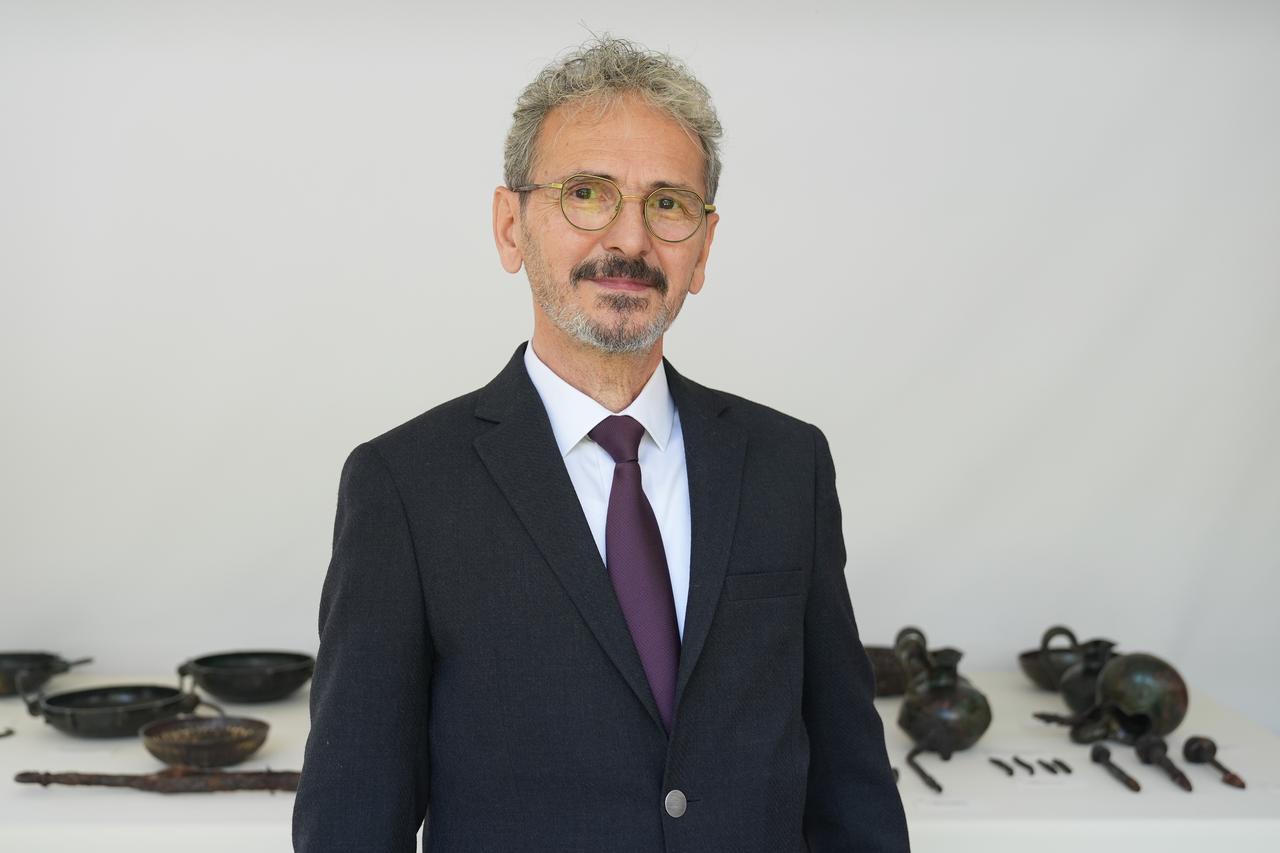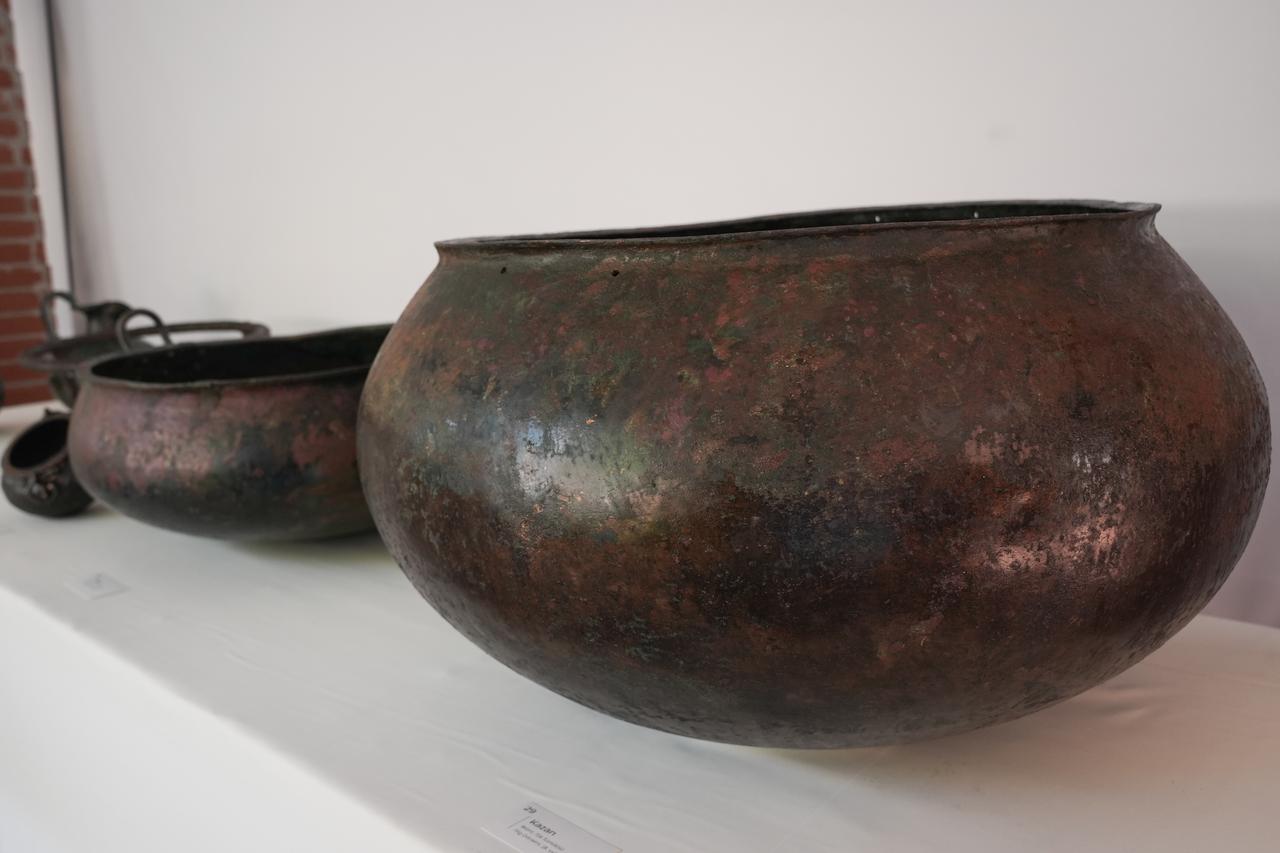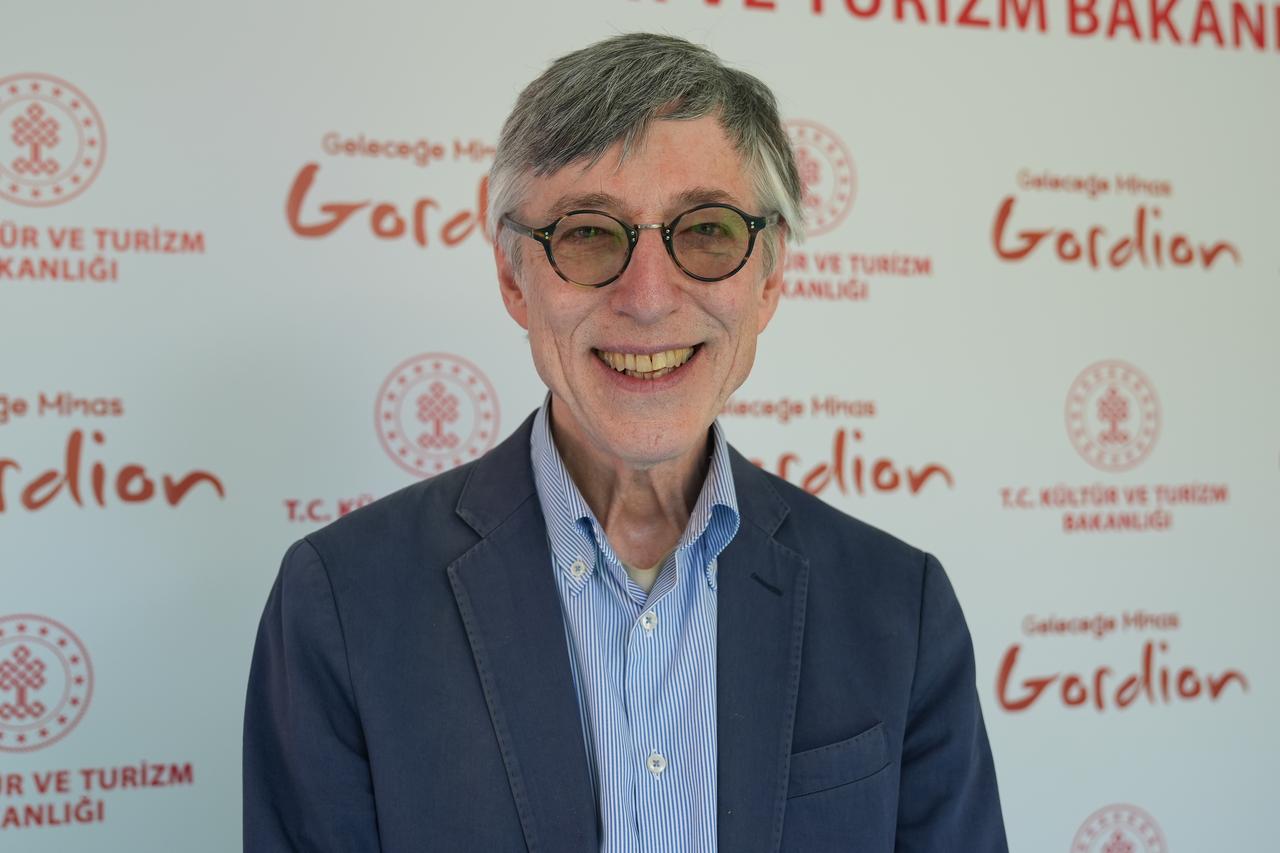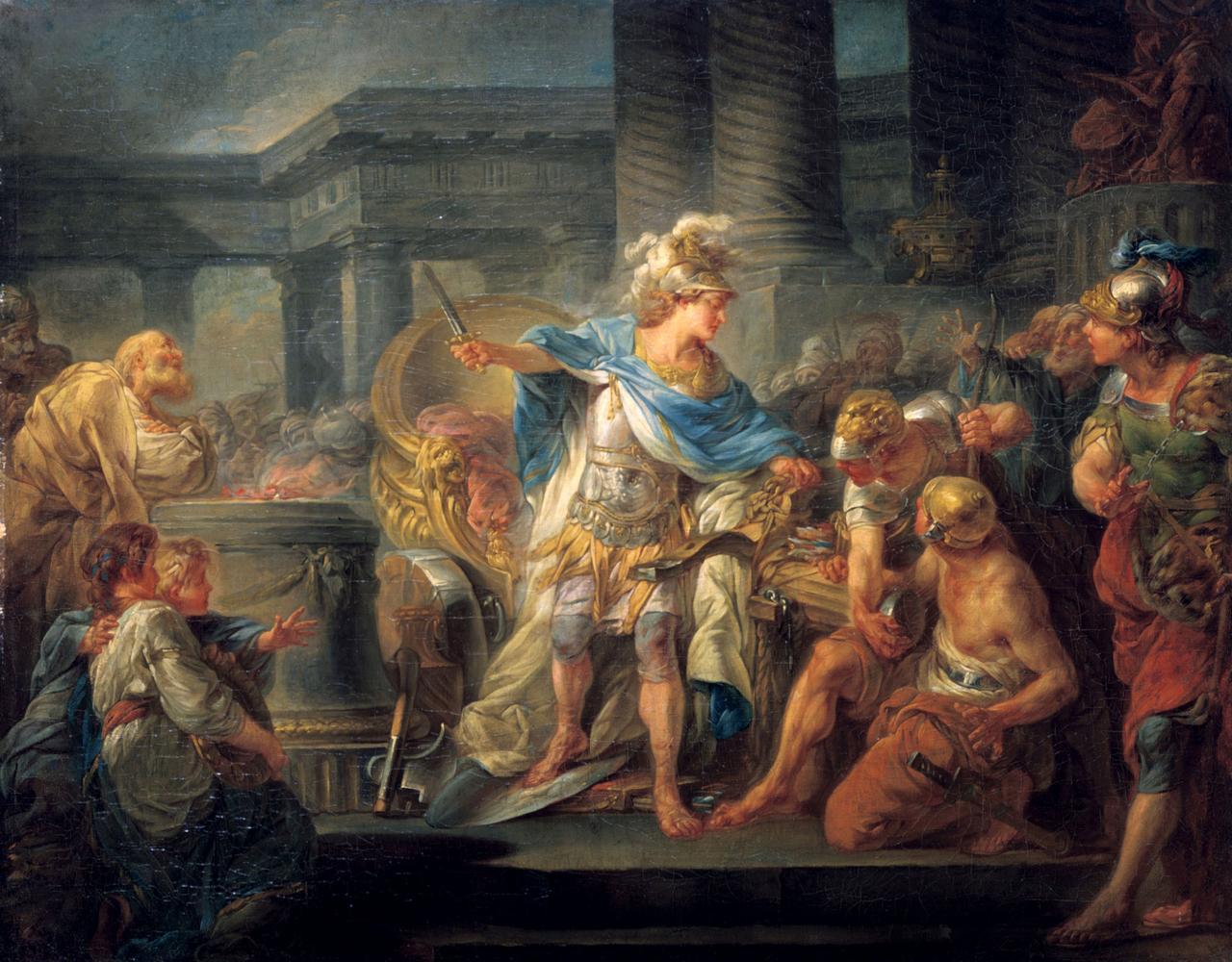
In an announcement Wednesday, Türkiye’s Minister of Culture and Tourism Mehmet Nuri Ersoy revealed the discovery of a royal wooden tomb chamber in the ancient city of Gordion. Believed to date back to the eighth century B.C., the cremation tomb may belong to a member of the dynasty of the legendary King Midas.
The cremation burial was found inside a monumental tumulus known as Tumulus T26. Registered as the 47th tumulus at the site, it yielded human remains and over 100 high-value artifacts, including 88 well-preserved bronze and iron items likely destined for museum display.

Led by Professor Suleyman Yucel Senyurt from Ankara Haci Bayram Veli University, the excavation team completed the project between September 2024 and January 2025.
“We worked systematically with 15 workers and six archaeologists in a 12-by-12-meter grid,” Senyurt said in a statement to Anadolu Agency.
The wooden burial chamber, crushed over time under layers of stone and soil, still contained an impressive array of grave goods. Among them was a 2,700-year-old bronze jug covered with linen, remarkably preserved—an exceptionally rare textile find in Anatolian archaeology.

“This structure is among the medium-sized tumuli in Gordion,” Senyurt noted, describing the 8-meter-high, 60-meter-wide burial mound. “Despite the collapse, more than 100 artifacts were found in situ, 47 of which have been restored.” He added that the presence of large cauldrons, tripods, and iron incense burners points to elite status.

Seneyurt emphasized the significance of the burial for understanding Phrygian funerary customs and the political history of Gordion. “The grandeur of the tomb and the richness of the finds suggest the person buried here was a king or at least a high-ranking aristocrat.”
He also noted that while cremation has been seen in earlier tumuli, this is the earliest known example from the region, making it crucial to studies on Anatolian burial diversity.

Professor Charles Brian Rose, director of the Gordion excavations and a veteran archaeologist with 45 years of work in Türkiye, described the discovery as “extraordinary.” Rose compared the tomb’s artifacts to those found in the famous burial mound believed to be built by King Midas for his father, Gordios. “This could very well be a relative of Midas,” he said.

“This is the only known cremation tomb from the 8th century B.C. in Gordion,” Rose added. “Its vessels closely resemble those from the Midas Mound, which makes the connection plausible.”
Rose concluded by noting that while not all of Gordion can be excavated, ongoing efforts will focus on education and heritage awareness, especially for local children.

The story of Gordion is inseparable from the legend of the Gordion knot. According to ancient lore, Gordios—father of Midas and once a humble farmer—was chosen by prophecy to become king. He tied his cart to a post with an intricate knot, claiming that whoever untied it would rule Asia.
When Alexander the Great arrived in Gordion in 333 B.C., he confronted the knot. Faced with its complexity, he famously sliced it in two with his sword, declaring that the method was irrelevant—what mattered was achieving the result. According to the mythological narrative, this is the reason why Alexander the Great, who cut the knot instead of untying it, fell ill and died at a young age.